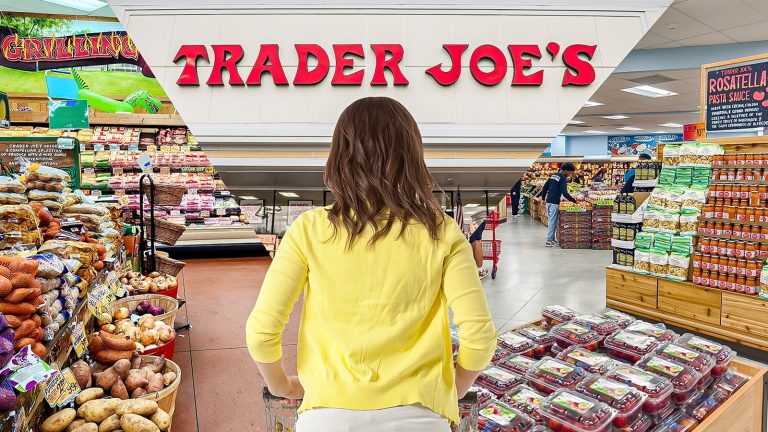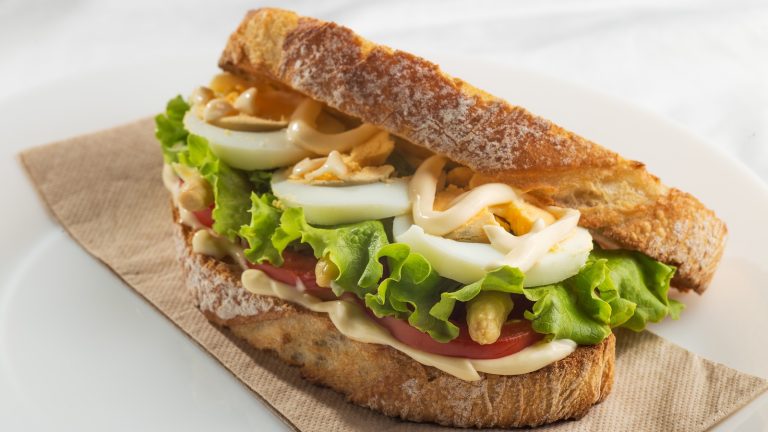If your existing kitchen cabinets are outdated or damaged, you may be considering an upgrade. However, installing new or custom kitchen cabinetry is the most expensive part of remodeling a kitchen, especially if you’re choosing high-quality wood and premium hardware. There are a few alternatives to kitchen cabinets that are more affordable and will still make your kitchen easy to use. You can even find options that complement your existing kitchen decor and your own personal aesthetics. But what about open shelving? Is it worth it?
Open shelving is one hack that will save you so much space and money. In fact, it can save you between $2,500 and $10,000, depending on how much shelving you need and the materials (and features) you choose. Cabinetry can cost as much as $4,000 for pre-built cabinets for a 10-square-foot kitchen if you’re going with a store like IKEA and $12,000 or more if you hire a master cabinetmaker or choose high-end materials and bespoke features. Conversely, open shelving may cost between $50 and $100 per shelf or around $1,500 in total, depending on the number of shelves, materials, labor costs, and whether you’re choosing prefabricated shelving or custom shelving.
Even if you find affordable kitchen cabinets, open shelving may still be less expensive because you don’t have to invest in custom design features. Additionally, the shelves require fewer materials to build. You still have the freedom to create a shelving design that offers perfectly tailored storage solutions, enhances your kitchen’s overall flow, and increases its functionality — you just won’t have to pay thousands for cabinet boxes.
Pros and cons of open shelving in kitchens
Kitchen cabinets make it easier to hide messy bags and boxes of food out of sight and may also offer more protection from dust and bugs. Some homeowners may prefer the uniform, tidy appearance of custom cabinetry, especially when creating a minimalist kitchen. Plus, you can install a wider range of storage features inside your cabinets, like pull-out drawers, shelving, and spice racks. Cabinets are more expensive, though, and the design and installation period is typically much longer for cabinets than shelving.
By contrast, open kitchen shelving keeps everything you need in your kitchen at arm’s length and allows you to display your best dinnerware. If you make great use of your kitchen and want to make your food prep and cooking experience more efficient, open shelving may be best for you. Because open shelving is low-profile, it often fits into unusual and small areas of the kitchen more easily than larger, bulkier cabinets and may make your kitchen appear more spacious.
Additionally, you likely won’t need to invest in high-cost materials, and your shelving design can be flexible and modular, meaning you can rearrange the shelves at a later point if their current location isn’t working for you. However, open shelving might not be right for every kitchen, as it requires a big commitment to keeping kitchen clutter and mess to a minimum. If you’re on the fence, opt for a hybrid solution by integrating both cabinets and open shelving into your kitchen remodel or using shelves and glass-front cabinets instead.






